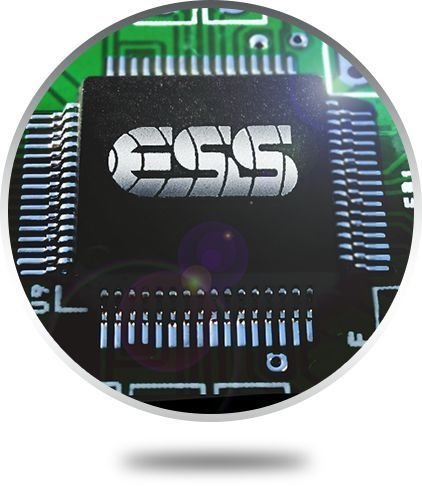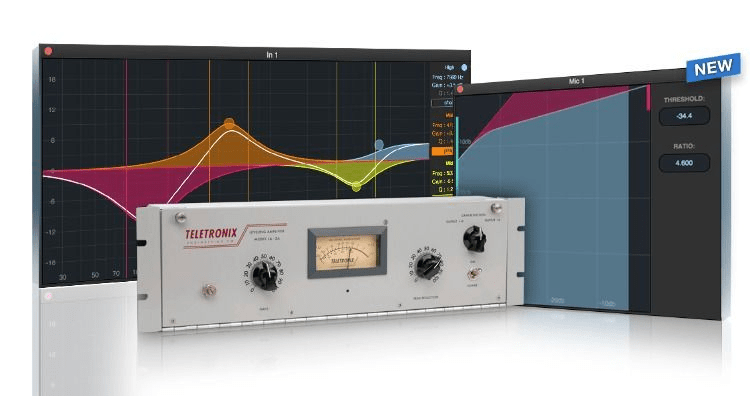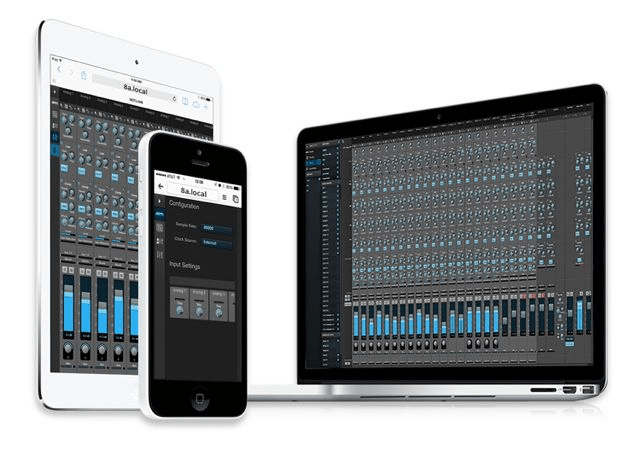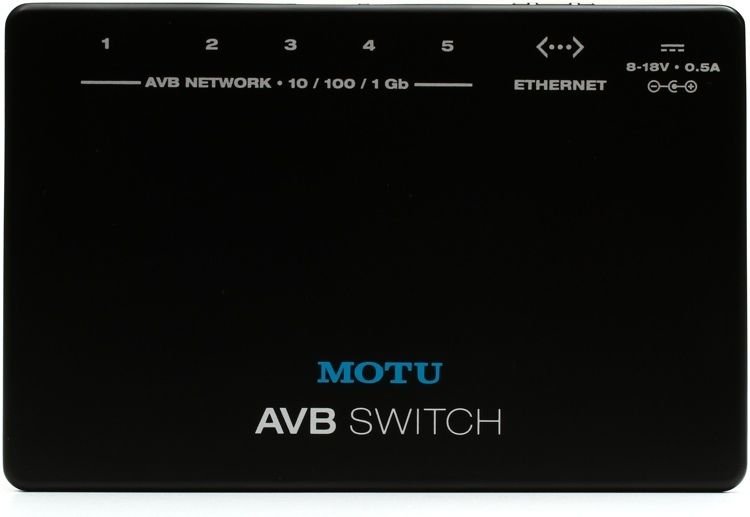Stellar Performance in a Portable Hybrid Interface
If you're looking for an audio interface with high-end sound, ultra-low latency, and generous I/O, you're in luck. The MOTU 8A exhibits excellent sound with an impressive 123dB of dynamic range, by virtue of ESS Sabre32 DAC technology. Round-trip latency as low as 1.6ms at 96kHz via Thunderbolt and 1.9ms via USB make recording a trouble-free endeavor. Connecting your line-level gear is easy, with 34 total channels of I/O on tap. Employ the 8A as a standalone mixer, or enjoy wireless control from your tablet, smartphone, and laptop. The MOTU 8A hybrid audio interface also features a DSP mixer for latency-free routing, and a range of useful digital effects.
Related Videos: 8A 16x18 Thunderbolt / USB 3.0 Audio Interface with AVB

High-end converters, ultra-low latency, and ample I/O offer top-shelf performance
Sweetwater and MOTU have enjoyed a long-standing relationship, due to MOTU's products offering our customers superb sound and solid performance. The 8A follows suit, packing top-notch sound, impressively low latency, and ample I/O into a portable half-rack enclosure. Renowned ESS Sabre32 DAC technology delivers 123dB of dynamic range, ensuring that the 8A's analog audio quality can hang with the most impressive gear on the market. Optimized drivers yield round-trip latency as low as 1.6ms at 96kHz via Thunderbolt and 1.9ms via USB. Packed with connectivity, the 8A includes eight analog inputs, eight analog outputs, and a stereo headphone output. The 8A also supplies you with eight channels of digital I/O via ADAT.
DSP-fueled mixer with EQ, compression, and effects
The MOTU 8A's built-in digital mixer delivers large-console-style mixing with 48 channels, 12 stereo buses, and 32-bit floating-point effects processing, so building complex, latency-free routing schemes is a piece of cake. And routing is extremely flexible. Send any input to any output, or even multiple outputs. Add Classic Reverb, with lengths up to 60 seconds. Sculpt your sound with a 4-band British parametric EQ. Apply vintage compression that's modeled after the legendary LA-2A. The 8A's mixing and effects DSP engine exhibits virtually unlimited headroom and outstanding sound quality.


Control everything from your laptop, tablet, or smartphone
If you connect a wireless router to your 8A, you can access all of its internal mixing functions, including effects and processing on your tablet, smartphone, or laptop, turning this powerful audio interface into a fully capable standalone mixer. Best of all, the control software is web-based. It runs in your favorite web browser on Mac, Windows, Linux, iOS, or Android — basically anything — as long as it's on the same network.
Expand your system with additional AVB networkable audio interfaces
Another extremely cool use of the 8A's Ethernet connection is the ability to link more MOTU AVB-equipped audio interfaces to it. You can do this in one of two ways: directly via a simple Ethernet cable or as part of an audio network via one or more MOTU AVB Switches. If you go with just a single Ethernet cable, you can easily link a second 8A or other AVB-ready device directly to your first one. With MOTU AVB Switches, you can create an audio network of up to five units, potentially linking hundreds of channels of I/O across multiple rooms. And since it's all over standard Cat-5e Ethernet cable, latency and long cable runs aren't an issue.
 MOTU AVB Switch (not included)
MOTU AVB Switch (not included)MOTU 8A Hybrid Audio Interface Features:
- 16-in/18-out hybrid audio interface for studio and live sound
- ESS Sabre32 DAC technology delivers 123dB of dynamic range and superb audio quality
- Optimized drivers yield round-trip latency as low as 1.6ms at 96kHz via Thunderbolt and 1.9ms via USB
- 8 analog inputs accommodate a wide variety of line-level gear
- 8 channels of ADAT optical digital I/O expands your system with additional gear
- Onboard 32-bit floating point DSP-driven digital mixer with EQ, dynamics, and effects provides latency-free routing
- Hook up a wireless router and take complete control of the onboard mixer from your laptop, tablet, or smartphone
- MOTU's AVB audio networking expands your system with additional AVB-equipped audio interfaces
- Create an AVB network via optional AVB Switches with support for up to 5 compatible interfaces









